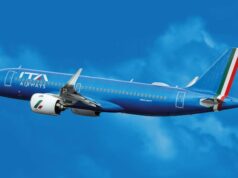Singapore Airlines (SIA) and Tata Sons (Tata) have agreed to merge Air India and Vistara, with SIA also investing INR 20,585 million (S$360 million, US$250 million) in Air India as part of the transaction. This would give SIA a 25.1% stake in an enlarged Air India group with a significant presence in all key market segments. Today, SIA and Tata hold a 49% and 51% stake in Vistara respectively. Tata wholly owns Air India, which includes the low-cost carriers Air India Express and AirAsia India. SIA and Tata aim to complete the merger by March 2024, subject to regulatory approvals.
India is the fastest growing global economy, and is projected to become the third largest in the world by 2027. It is also the world’s third largest aviation market. Demand for air travel is surging with passenger traffic expected to more than double over the next 10 years, supported by rising income levels and ongoing investments in its aviation infrastructure. However, India also remains underserved with low international seats per capita, signifying significant growth potential.
The merger would bolster SIA’s presence in India, strengthen its multi-hub strategy, and allow it to continue participating directly in a large and fast-growing aviation market.
The combination of Air India and Vistara would bring significant synergies. With Vistara widely recognised as India’s leading full-service carrier, Air India will benefit from its operational capabilities, customer base, and a strong focus on customer service and product excellence.
Today, Air India (including Air India Express and AirAsia India) and Vistara have a total of 218 widebody and narrowbody aircraft, serving 38 international and 52 domestic destinations. With the integration, Air India will be the only Indian airline group to operate both full-service and low-cost passenger services. It can optimise its route network and resource utilisation, be flexible and agile in capturing demand across market segments, and tap on a larger consumer base to strengthen its loyalty programme.
This would reinforce its position as India’s largest international carrier and second largest domestic carrier, allow it to offer more options and connectivity for business and leisure customers, and enable it to compete as a leading global airline.












